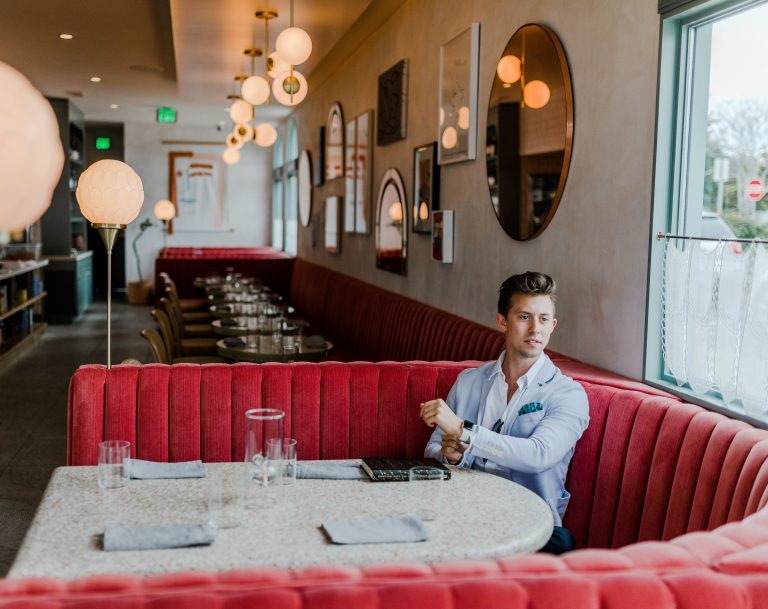Maintaining flexibility and employee retention gives companies a competitive edge with casual workers in the age of the gig economy, writes Bruce Mackenzie
Together with the Netherlands, Denmark and Switzerland, Australia has one of the highest numbers of casual workers in the world, with the OECD Employment Outlook 2019 showing that 25 per cent of workers in Australia are casual.
While many employers emphasise strategies which engage and motivate their permanent employees, they often overlook their casual workforce. A survey recently conducted by Humanforce revealed that only 42 per cent of Australian casual employees feel engaged by their work. Given the fact that a quarter of Australian workers are casual workers, this is a massive oversight and represents significant risk in industries where casual workers are prominent such as hospitality, retail and events.
Global analytics firm, Gallup, recently found that engaged employees and business units realise a 41 per cent reduction in absenteeism and a 17 per cent increase in productivity. In addition, highly engaged business units achieve a 10 per cent increase in customer ratings and 24 per cent less turnover.
Australian employers can achieve better performance and return from getting to know their casual workforce and finding out what engages and motivates them.
Engaging Australia’s casual workers: who are they and what can employers provide?
So, what attracts Australians to casual work? Humanforce’s survey found that the top attractions of casual work are the flexibility of days and hours (75 per cent), maintaining flexibility for family (43 per cent) and study (20 per cent) commitments. Respondents also prioritised a guaranteed number of shifts/hours (60 per cent), yet more than half of Australia’s casual workforce are left without shift/hour assurances (OECD Employment Outlook 2019).
“Workforce solutions help employers to connect and engage more easily, often and more meaningfully with their teams”
Employee engagement is a key factor in retaining staff and is critical to creating a good workplace culture. It can result in numerous benefits for employees, including increased productivity, improved corporate performance and higher customer satisfaction. Furthermore, employee engagement may reduce the 40 per cent of casual workers who will leave the casual workforce and make the move to permanent work.
Casual workers are primarily engaged by:
- Positive and fun work cultures – 54 per cent
- Wage incentives – 52 per cent
- Employee rewards – 45 per cent
- An employer that shows an interest in you – 42 per cent
- A community built through social events, group training and team building exercises (>50 per cent)
The solution
Almost half of casual workers feel disengaged as a result of employers overlooking these key motivational factors. Workforce solutions help employers to connect and engage more easily, often and more meaningfully with their teams.
Explained through increasing technological innovation and the growth of meaningful connectivity, almost three-quarters of survey respondents are interested in tech-based solutions as methods of engagement.
Workforce solutions are facilitators of employee engagement and motivation. Maintaining flexibility and employee retention gives companies a competitive edge in the age of the casualised workforce.




